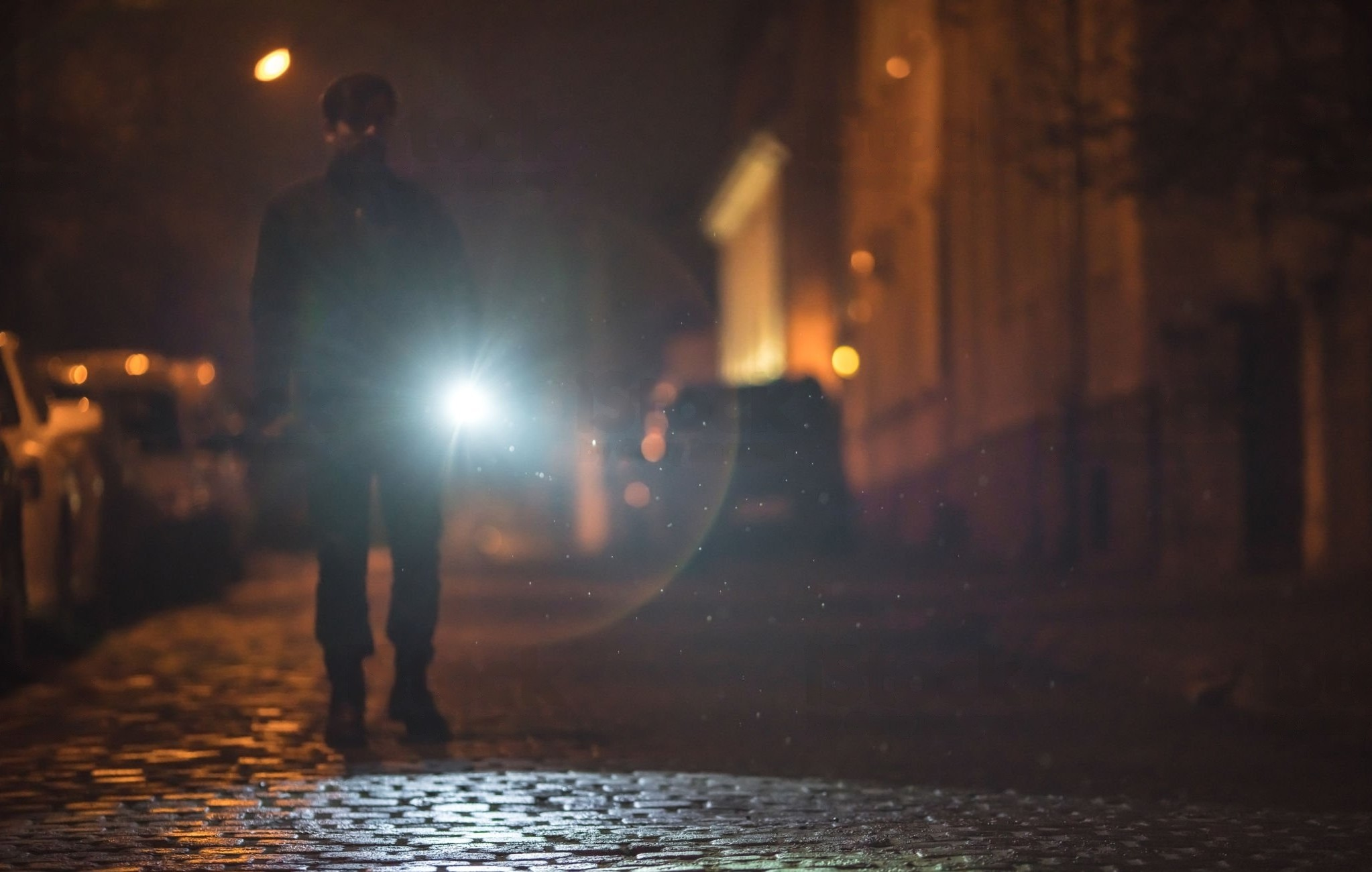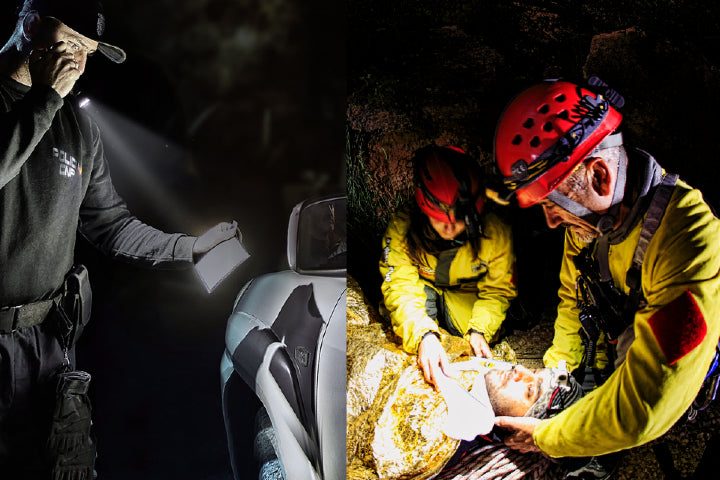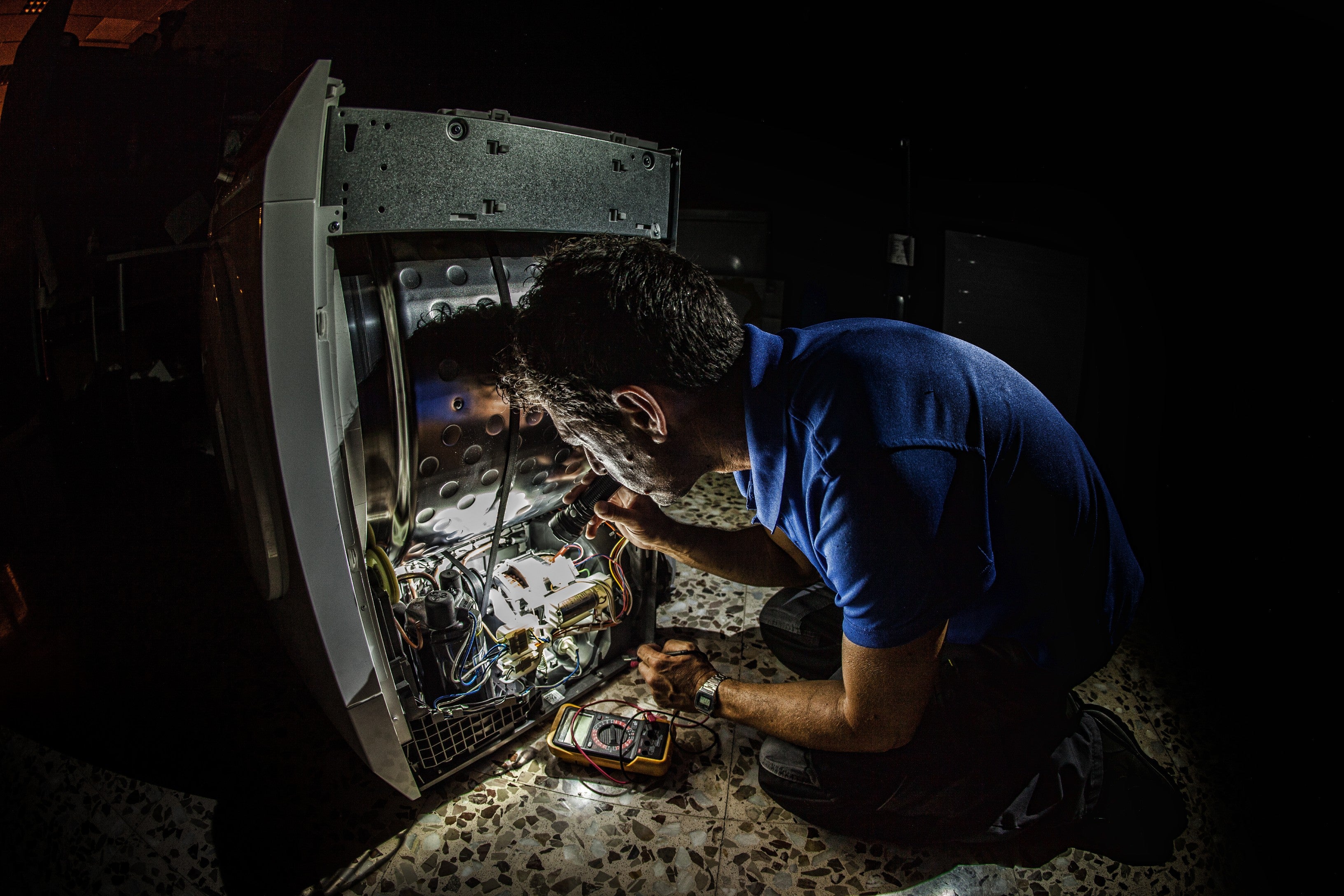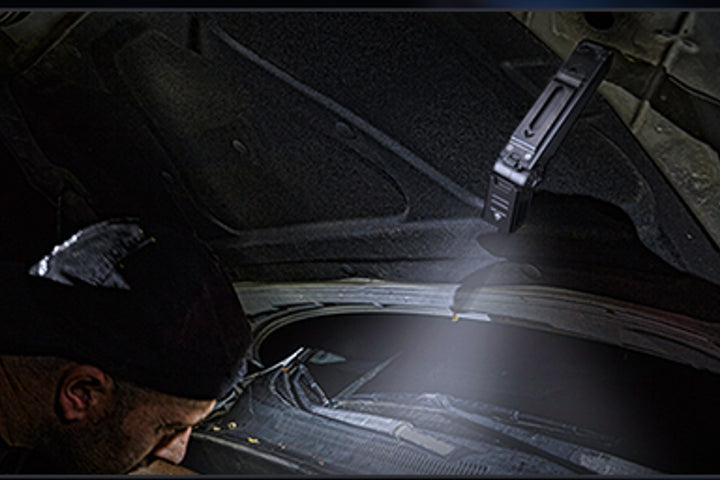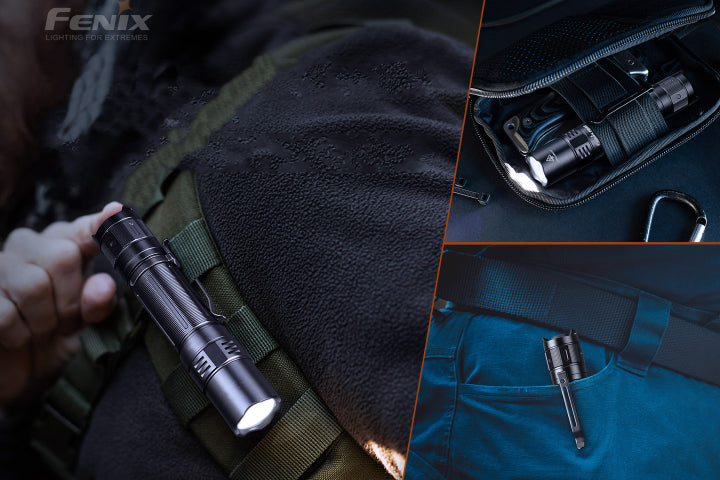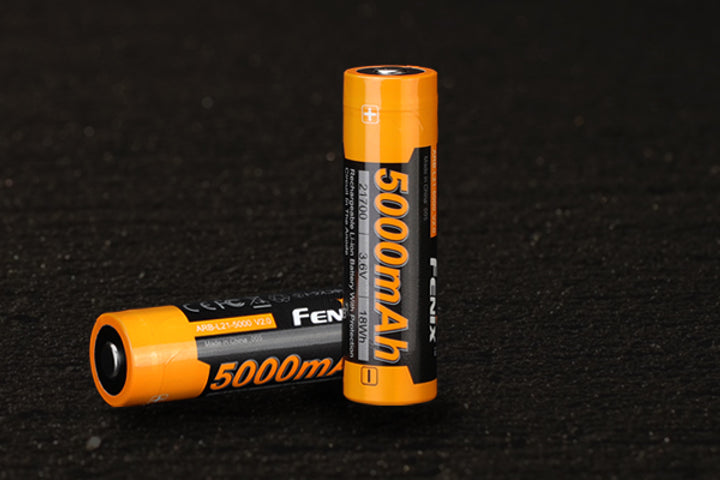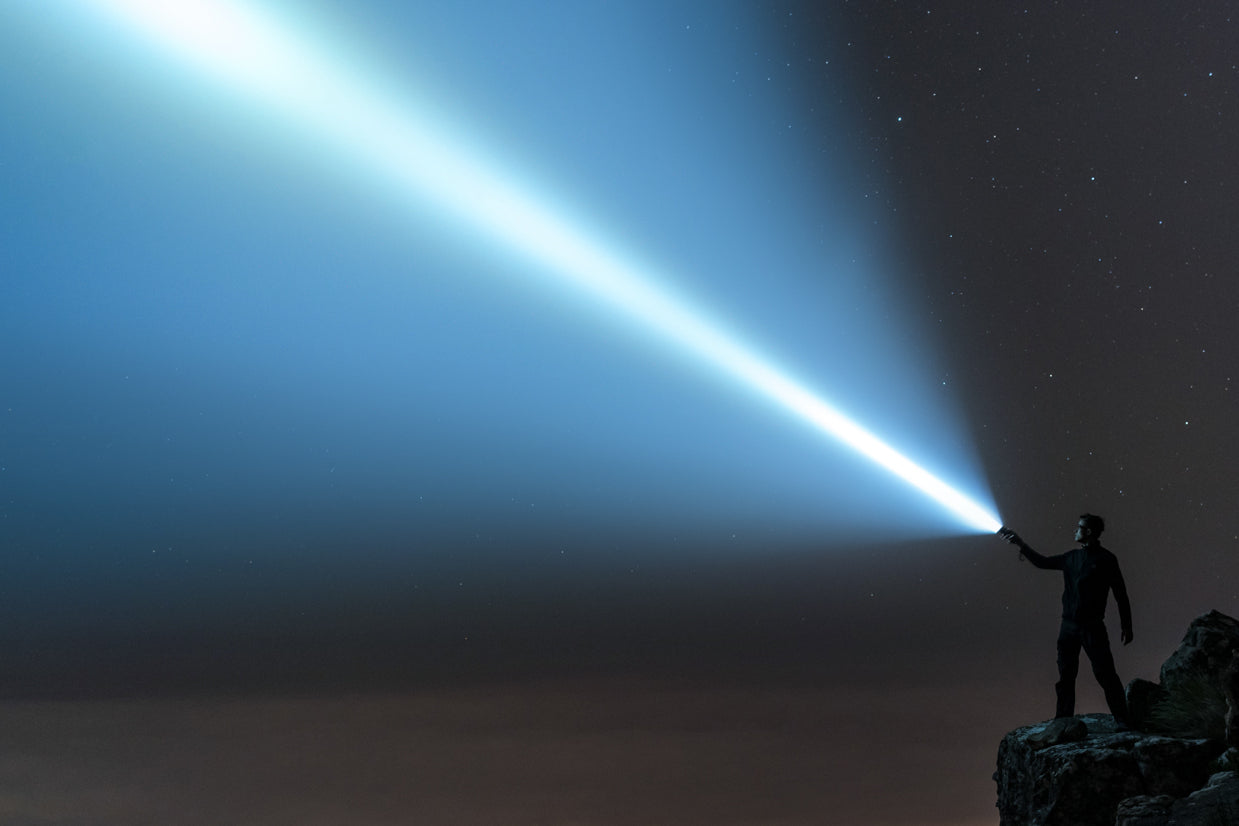The Beginner's Guide to Weapon Mounted Lights
It wasn’t long ago that weapon mounted lights were rarely seen on a police officer’s pistol. Originally used by specialized units, like SWAT, weapon mounted lights are now used on duty guns across the country. In fact, it’s rare to come across an officer without a light mounted on their weapon.
Many law enforcement trainers believe that weapon mounted lights should be on every defensive weapon. But what are their benefits? Are there different types? In this article, we’re covering everything you need to know about weapon mounted lights to ensure the safety of yourself and those around you.
Quick Takeaways
- Weapon mounted lights are flashlights that attach under the barrels of duty guns
- WMLs allow for positive identification and single-handed use of both a flashlight and weapon
- Weapon mounted lights provide visibility, control and photonic barriers, ultimately providing protection to their user
- Light output, flood, throw, hotspot and temperature are will have an effect on the appearance of a unit’s illumination
Although there are several different types of weapon mounted lights, they all serve the same purpose of providing protection to their user.
What Are Weapon Mounted Lights?
Whether it’s a handheld unit or mounted rifle light, flashlights are key to controlling an officer’s dark environment. Weapon mounted flashlights act as the first line of defense for law enforcement personnel as they make threats more visible.

Weapon mounted lights, or WMLs, are flashlights that attach under the barrels of duty guns and enable officers to use both their weapon and light with one hand. They also allow for positive identification, or PID, of the identity and location of a threat.
Why Are Weapon Mounted Lights Important?
There are countless ways that flashlights can be beneficial in an unexpected situation. When it comes to personal protection, weapon mounted lights have 3 main benefits.
Visibility
High quality lights are critical for viewing and engaging threats in darkness, rain or any other kind of translucent obstruction, such as muzzle smoke. When a pistol or rifle is fired indoors, fog is released into the air. Although this may not obstruct an officer's vision in daylight, darkness or rain can make visibility nearly impossible.
When it comes to muzzle smoke, flash hiders or brakes aren’t going to cut it. Only a high-output flashlight can see through a cloud of smoke and make a target visible again.
Control the Opposition
Not only do WMLs increase the visibility of an officer, but they deny the visibility of a target. Bright lights can be disorienting and blind suspects before officers can entrap them. Threats have a more difficult time resisting when they can’t see their opposition. With weapon mounted lights, law enforcement personnel can control their targets without the risk of self-exposure.
Photonic Barriers
Photonic barriers refer to the way strong lights block vision beyond their source. For example, when a car is driving towards you and its high-beams are on, it’s nearly impossible to see the details of the car.
Similarly, when officers approach their target with a strong light source mounted on their weapon, officers become less visible and less of a target themselves.
Key Features of Weapon Mounted Lights
When it comes to weapon lights, there are a few key terms and concepts to know. Understanding the terms below will help you to assess the qualities of a product by its description.
Lumens and Candela
Lumens measure the visible light, or brightness, emitted from a unit and most often refer to a flashlight's raw output. It’s important to note that lumens do not include a light’s beam pattern or intensity. This means that even though a unit has an impressive number of lumens, that doesn’t mean it’s the best flashlight. Beam pattern, feature set and body size must also be considered.
Candela refers to the luminous intensity of a unit. A high number of candela indicates a brighter light. In fact, many mounted weapon lights sacrifice lumens for a high candela rating. That’s because the more candela featured, the easier it is to spot targets in high obstruction or at long distances. They also perform well against photonic barriers.
Flood and Throw
Flood and throw, also known as spot, refer to the characteristics of a unit’s projected beam. Whereas flood describes a beam’s width, throw refers to a beam’s distance. High-flood lights project widely, making them extremely useful in vast areas. Units with high-throw can illuminate long distances, proving themselves most useful when officers are far away from their targets.

Hot Spot and Temperature
Hot spot and temperature are used to describe a unit’s light pattern. A flashlight’s hotspot is located at the center of the beam, having the highest candela rating. This means it will have a further throw than the peripheral light.
Temperature refers to the natural color of the light, ranging from pale white to warm yellow. The temperature of a weapon mounted light will affect differentiation in color.
Types of Weapon Mounted Lights
Just as there are several key features of weapon mounted lights, there are also several types, each serving a different purpose. The best WPL for you depends on the nature of your defense weapon’s use and personal preferences.
Handheld Lights
A high performance, handheld light is one of the most important components in anyone’s toolkit. A handheld unit with an impressive output will shine through shadows, and can be easily mounted to a pistol or rifle.

Rifle Mounted Weapon Lights
Rifle mounted weapon lights are typically both larger and brighter than handheld lights, and are mounted directly onto a defense weapon. The best light mount for a weapon depends on its handguard, mounting capability and personal preferences.
Pistol Lights
Pistol lights are similar to rifle mounted weapon lights, except pistol-mounted units need to be compact enough to fit into an officer’s holster. Today, most holster manufacturers offer products that are designed to fit the most popular types of pistol lights.
Pistol mounted lights typically have easy-to-control activation, via finger or support hand, and feature a red or IR laser to aid in night vision.
Secure Protection Today
Weapon mounted lights are key to providing protection to law enforcement personnel. WPLs offer visibility, control and photonic barriers in dark and obstructed environments to help keep officers safe on duty.
Everyone should have a flashlight to ensure protection in unexpected circumstances. Visit Fenix today to learn more about the best high-performance lighting equipment to keep you safe both on and off duty.





